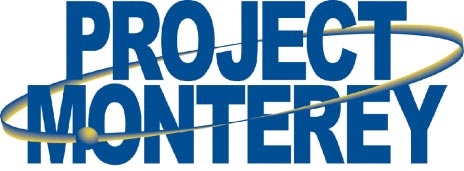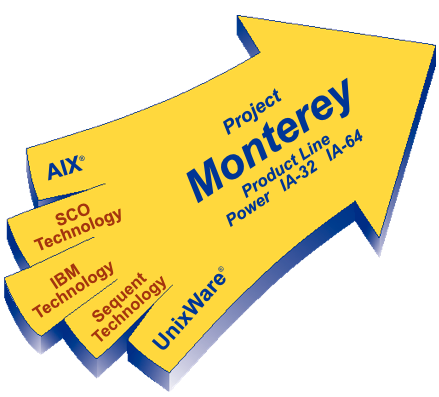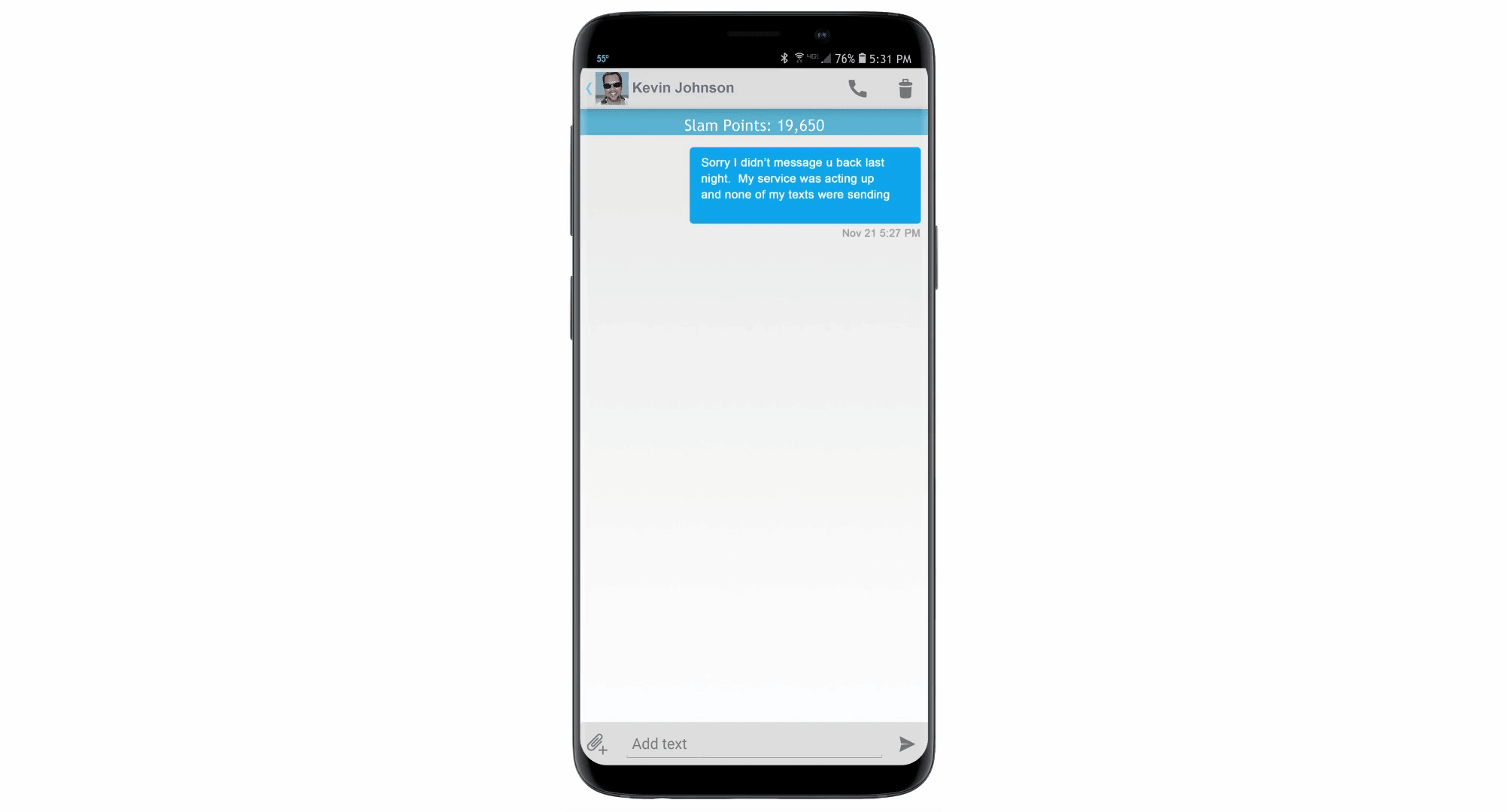An app to manage phone calls and scheduling for the busy home services pro. By my startup.
Itanium UnixWare


The Itanium UnixWare project eventually merged with IBM’s AIX under project Monterey
The
Product
Intel produced a much hyped chip called the Itanium. It was supposed to blow the Pentium chip out-of-the water on speed. Many OS vendors tried to be the first to boot their OS on this new chip. The Unix team (at that point SCO owned Unix(Ware)) was the first to do so. This achievement led to SCO working with IBM, and eventually to Project Monterey
The chip was ‘highly piped’, that is a number of concurrent coding streams would run, resulting in a parallelism that would deliver on the speed promise. It turns out that a breakthrough in compiler technology as well as coders who understood the paradigm was needed to realize the speed potential of the chip. That part never really materialized.
Realizing that there was a huge set of binaries complied for the incompatible Pentium chip. Itanium provided a Pentium emulation at hardware level. The initial version of Unix depended on this feature because most user level commands (I.e. ‘ls’) were run as existing binaries.
Other Work

Android SDK and customer service system integration layer to allow interactions with customers during and after phone calls. By my startup
The
Work
I was a member of that 5 person bring-up team. Since I was in charge of unix-version compatibility at the time I got to get the Pentium emulation part going. Effectively allowing us to run all the user-level binaries that make up the Unix shell and command repertoire. I did this in Pentium and Itanium assembler and trapped all system calls to send on to the Itanium core. (Note this is similar to my work on the BabyBlue project at MicroLog)
Itanium was initially called ‘Merced’ and the Unix version at the time was called ‘Gemini 64’. I was not only the Pentium coder but I was officially the ‘Gemini-64 Release 1 Coordinator’, responsible for getting the product out the door (on what was then just a hardware simulator of the chip provided by Intel).
My boss at the time said he put me on the team ‘because no one knew how to deal with this Pentium part and Marty was the guy we trusted with these ‘never been done before project
Once the deal with IBM was set, I was the main interface to them. I spent weeks at a time in Austin. Together we got AIX up on Itanium as Project Monterey.
As part of my role of being the Unix’s technical face on the Itanium, I was tapped to go on a Project Monterey European road tour with all the IBM people to publicize the project. It was 4 European cities (London, Paris, Stockholm and Stuttgart). I did a talk to 500 people in each city.


